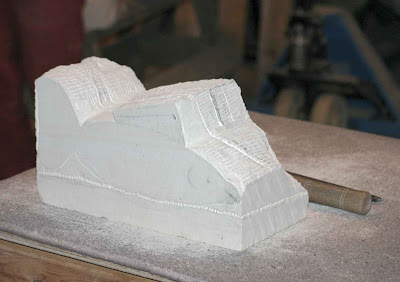As the last hours of 2011 draw nigh I'm thinking of all the celebrations and well wishing and love and good-will and wish I could bottle its power - as we all see in and celebrate the New Year what good energy, what strength! It will ripple around the earth in a massive joyful wave. Hope you feel its warmth.
But before the clock strikes.....
A toast to thee, 0 dear old year,
While the last moments fly,
A toast to thy sweet memory -
We'll lift the glasses high,
And bid to thee a fond farewell
As thou art passing by!
While the last moments fly,
A toast to thy sweet memory -
We'll lift the glasses high,
And bid to thee a fond farewell
As thou art passing by!
A toast to those who reaped success
In this good year of grace;
A toast to every one of them -
Come! Give the victors place!
Come, wish them well with right good will -
The winners in the race!
In this good year of grace;
A toast to every one of them -
Come! Give the victors place!
Come, wish them well with right good will -
The winners in the race!
And one toast more! To those who failed
Wherever they may be;
With faces white they fought the fight,
But missed the victory;
So here's to them - the ones who strove -
On land and on the sea!
Wherever they may be;
With faces white they fought the fight,
But missed the victory;
So here's to them - the ones who strove -
On land and on the sea!
Fair dreams to thee, 0 grey old year,
Thy working time is done,
And gone for thee the silver moon,
And golden noon-day sun;
Yet sad old year - and glad old year -
We'll know no better one.
Thy working time is done,
And gone for thee the silver moon,
And golden noon-day sun;
Yet sad old year - and glad old year -
We'll know no better one.
by Virna Sheard













































